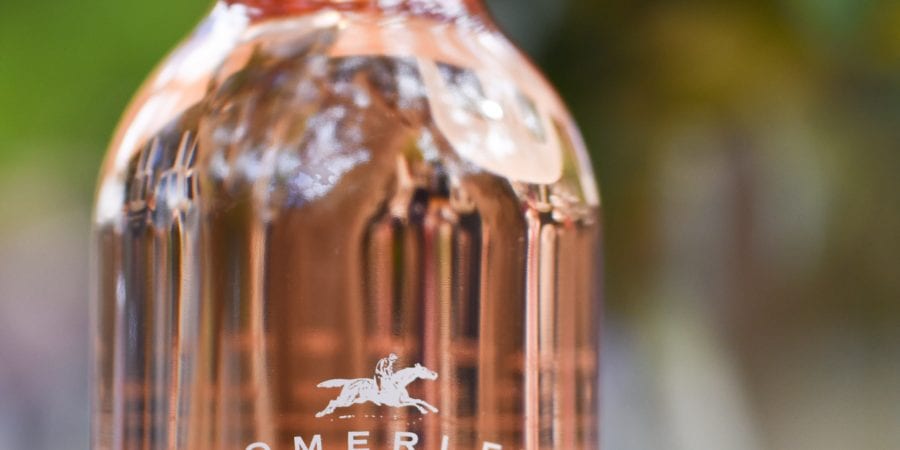 If you’re a fan of our delicate, dry and downright delicious Pinot Noir Rosé, then you’d know it’s been missing from our list.
If you’re a fan of our delicate, dry and downright delicious Pinot Noir Rosé, then you’d know it’s been missing from our list.
For a while.
An eternity for some fans (although in reality it’s only been 7 months… ok, an eternity!).
And to be perfectly honest, we thought that our 2021 vintage would have made an appearance by now.
So, why hasn’t it?
Over to you Rob…
“For no apparent reason, the Rosé has taken a VERY long time to complete the primary “yeast” fermentation. But after two extra inoculations with yeast, all the sugar has now been fermented!
“The wine is looking lovely, with a great nose and a soft lively palate.
“The next step is to get the malolactic fermentation going, and the “bugs” will go in this week. Hopefully, they’ll get active very quickly and start producing those very desirable malolactic aromas and flavours.
“So we’re probably 4-5 weeks away from bottling. We can’t wait to get it back on the shelf!”
Given the grapes for this wine were picked back in March, it’s pretty unusual to be still talking about primary fermentation in August.
It’s not unheard of though.
And in situations like this, it takes the skill of an experienced winemaker (lucky we have one of those on hand!) to turn it around.
Slow, sluggish and stuck fermentations
Fermentation is a delicate process. If you’ve ever made bread (with yeast) from scratch at home then you’ll know that the conditions have to be spot on. If not, the yeast stops doing its thing.
When making wine, there is a range of variables that need to be considered…
- Yeast like the temperature to be kept relatively stable and don’t function well at temperatures >32°C for red wine or <15°C for white wine.
- Some yeast are not tolerant to excessive sugar levels. Correspondingly some yeast don’t cope well in ethanol concentrations >15%. So, if the grapes are picked when they are overly ripe, the ferment is bound to struggle.
- Yeast also don’t like…
- high sulfite concentrations,
- high volatile acidity from native microorganism growth,
- some agrochemical residues,
- chlorine from water used during yeast hydration and
- very low pH (of 3.0 or less)
Gosh… and some people call me fussy??!
There are a number of things that winemakers can do to turn around a slow ferment. Here are just a couple…
- Warm it up or cool it down.
- Aerate it – this can help the yeast build strong cell walls for ethanol tolerance.
- Add fresh yeast lees from a recently finished ferment.
- Re-inoculate using strong fermenting and alcohol tolerant yeast.
There is a heap of other techniques which, quite frankly, make my head hurt trying to understand them. That’s why having one of those experience winemakers is handy!
 The good news is, our 2021 Rosé is not too far away.
The good news is, our 2021 Rosé is not too far away.
In fact, the timing couldn’t be more spot on.
By the time we’re able to release this beauty, Spring will have sprung and the sun will be out – and for this fussy Rosé lover, those conditions couldn’t be more perfect of for enjoying a glass or two!
